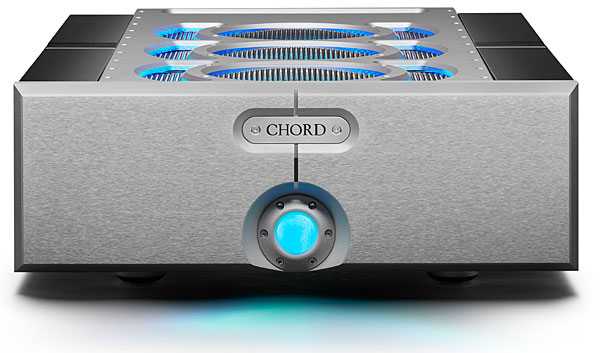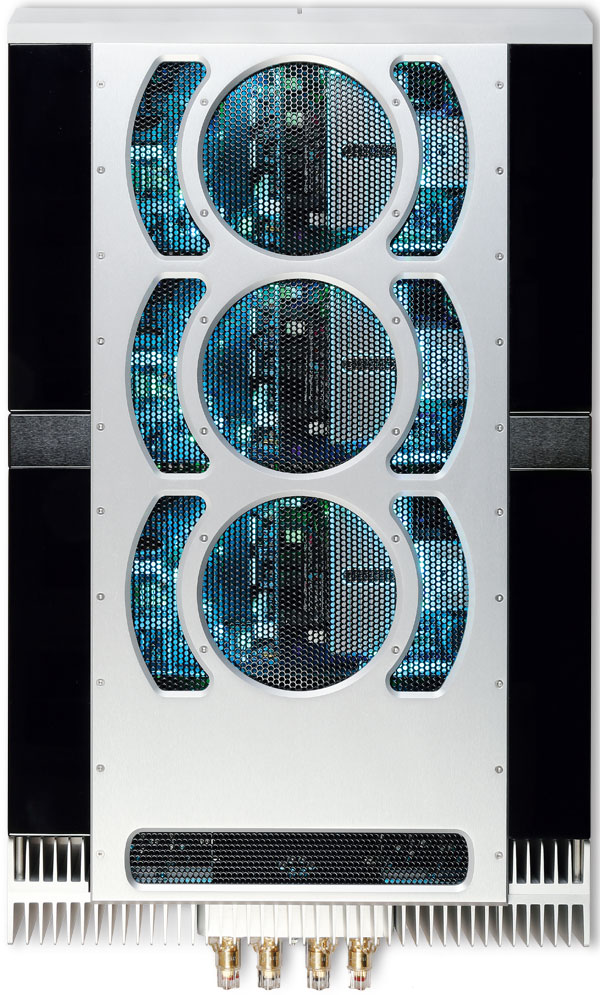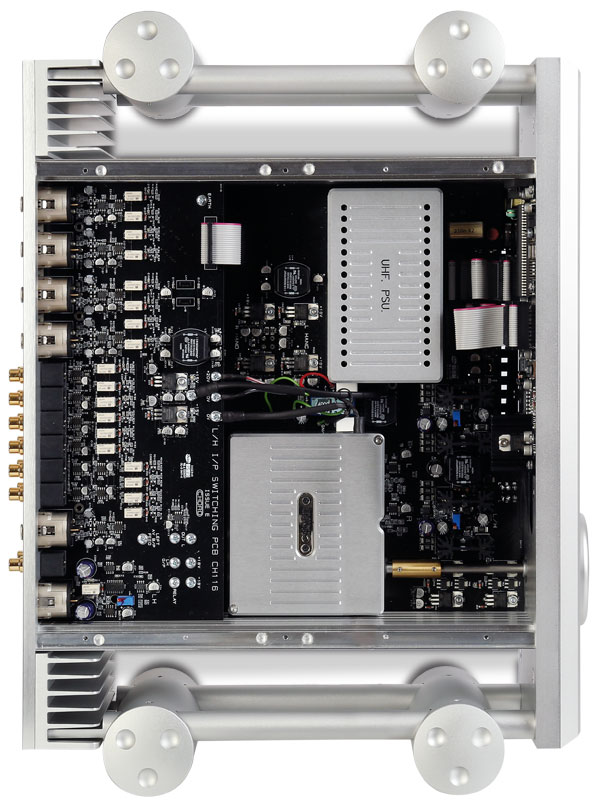Chord Ultima Pre 2/Ultima 2 Pre/Power Amplifier

 The Chord Ultima range has grown from a single pre and power amp, as the tech becomes more affordable. The Ultima 2 models might just give the flagships a scare
The Chord Ultima range has grown from a single pre and power amp, as the tech becomes more affordable. The Ultima 2 models might just give the flagships a scare
Never let it be said that the Chord Electronics range isn't distinctive in its styling: all the way up from the tiny Mojo DAC [HFN Jan '16] to the flagship Ultima reference preamplifier [HFN Feb '19], the company's products look like nothing else on the market, as if to emphasise that what's going on inside them involves no shortage of proprietary technology, too.
The Ultima Pre 2 and Ultima 2 monoblock power amps we have here were launched as part of the company's 30th anniversary celebrations, along with further power amps expanding the Ultima range from just two models to no fewer than five. With the Pre 2 listing at £12,500 and the power amps at £18,360 apiece, they comfortably undercut the original Ultima pairing, a full stereo set of which would set you back £90,000. Below the 750W-rated Ultima 2 monoblock is the 480W Ultima 3, another mono at £11,000 a pop, while two stereo power amps have also become available this year – the 300W Ultima 5 is £9250, and the 180W Ultima 6 £5995.

Optional Legs
All the amps, by the way, are available in a choice of 'Jett Black' or Argent Silver finishes to their aircraft-grade aluminium casework, while the company's optional Integra Leg system, in a choice of Jett Black, Argent Silver or Nickel finishes, also allows the products to be stacked.
In practice, the Ultima 2 monoblock is a direct replacement for the SPM 6000 MkII, with new industrial design from company head John Franks. The Pre 2 is a fresh design, too, and far less bonkers than the extremely quirky original Ultima preamp, with no sign of those odd 'magnetos set, fuel pumps' switches.

What's more, the power amps have got their balls back: each one has a translucent spherical button buried in the centre of its thick alloy fascia, reminiscent of those on the company's DAC range, to fire it up.
Mind you, these wouldn't be Chord Electronics' products without at least some quirkiness… As in other models in the company's lineup, there's LED illumination – blue and green LEDs combining to produce 'teal' – within the top plates to light up the internal workings. On the power amp these, and the 'power ball', can be dimmed if required, using a hidden button in the vertical slot bisecting the upper part of the front panel.
As the manual puts it, 'Simply locate the hidden button in the middle of the faceplate, insert a thin object and push until you hear an audible 'click'. The light ring and power button will cycle between low and high brightness modes'. A credit card should do the trick, but a button on the rear panel might have been simpler.

Analogue, With Flair
The Pre 2 is an all-analogue device and line-level only, offering four sets of inputs on balanced XLRs, two on RCA phonos, and two tape in/out loops, also on RCAs, while pre-outs are on both RCAs and XLRs. There's also an AV bypass input, allowing signals to be routed directly to the output without going through the volume control, for example when combining the Pre 2 with a surround processor or receiver. However, this input is only on XLRs which is slightly unusual when the majority of surround devices will use unbalanced RCAs.

You can adjust the input gain to equalise the level between different sources, though a bit of familiarisation will be needed to operate the preamp with confidence, not least because any of the sources can be allocated to Bus A or Bus B, thereby routing to one of several outputs.
The explanation goes as follows: this allows any of the inputs to be recorded to either of the tape outputs, and that in general use Bus A is the default. Pressing the button marked 'A' on the front panel sends that signal to the Tape 1 outputs. Meanwhile the 'B' bus is indicated on the Pre 2's display by a line of five dots below the indicated source which is sent to the Tape 2 outs. The remote handset also lets you control the Bus/input selection.























































